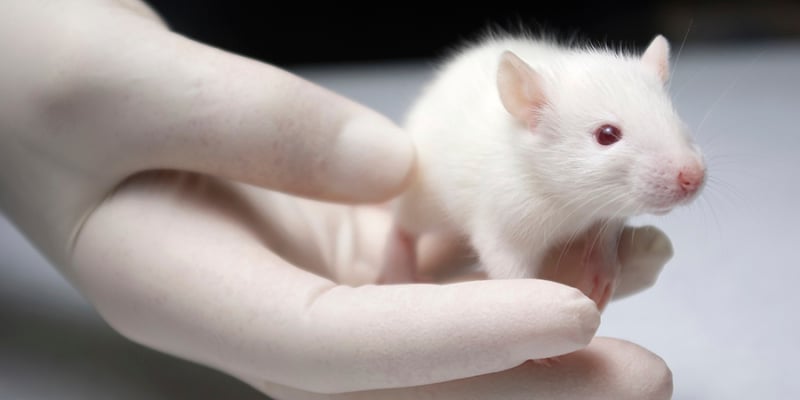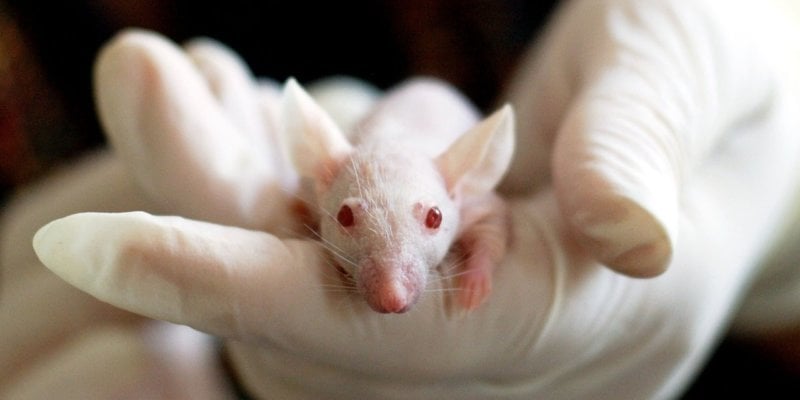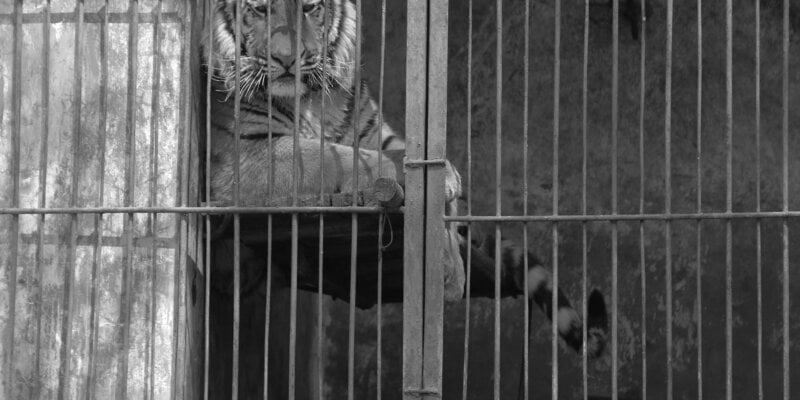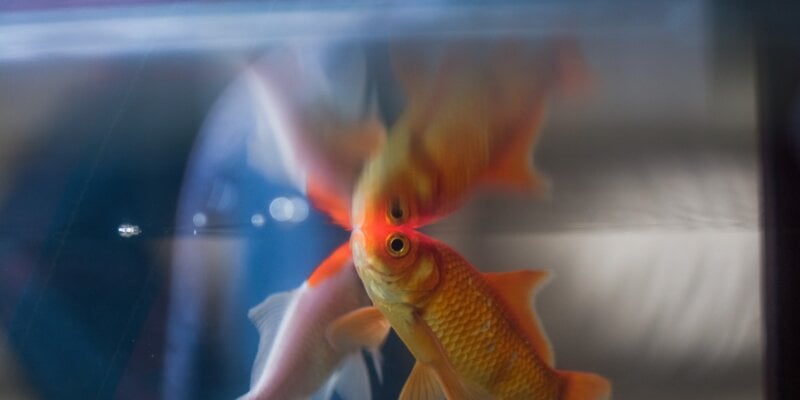Alternatives to Experimenting on Animals
The world’s most forward-thinking scientists don’t experiment on animals, because they know that other species’ physiology differs from that of humans, so they can’t accurately apply the results from experiments on animals to us. It’s also cruel, wasteful, and unnecessary to subject animals to painful and deadly experiments, especially as superior technology that can replace animal testing already exists and is continuously being developed.
India has some laws to protect animals from experimentation: The Wildlife (Protection) Act, 1972, fully prohibits experiments on frogs, a protected species, and The Prevention of Cruelty to Animals Act, 1960, mandates that experiments on animals be avoided whenever possible. PETA India’s scientists use their expertise to work to convince authorities that animal experiments can always be avoided.
Non-animal research conducted using technological innovations have repeatedly proved to be more human-relevant and accurate than crude animal experiments. Here are just a few examples of the available non-animal research methods and their benefits:
In Vitro Testing
In vitro tests allow researchers to predict more accurately how drugs, chemicals, cosmetics, and other consumer products will affect humans.
Harvard’s Wyss Institute created “organs-on-chips” that contain human cells grown in an advanced system to mimic the structure and function of human organs and organ systems so that experimenters can use chips instead of animals for drug and toxicity testing and disease research. These chips can replicate diseases, drug responses, and human physiology more accurately than archaic animal experiments do, and some companies have already turned them into products that other researchers can use instead of animals.
Rather than injecting animals with substances or applying them to animals’ shaved skin to test for allergic responses, CeeTox, Inc, developed a non-animal skin allergy test for cosmetics, medical device extracts, and other substances. MatTek’s EpiDerm™ – a human cell-based, 3-dimensional tissue model that replicates key traits of normal human skin – can replace animals in product development, regulatory testing, and basic exploratory research applications.
Meanwhile, EpiSkin has created 3-dimensional eye models. According to the company, “The reconstructed tissue forms a stratified and well-organised epithelium which is structurally, morphologically and functionally similar to the human cornea with the presence of basal, wing and mucus production cells.” This technology can successfully replace rabbits and other animals in tests and in basic and applied biomedical research methods.
In 2016, the Ministry of Health and Family Welfare amended the Drugs and Cosmetics Act to replace animal tests with in vitro, Organisation for Economic Co-operation and Development–validated tests, including skin and eye irritation and corrosion tests using 3-dimensional reconstructed models.
Computer (In Silico) Modelling
Another humane alternative to experimenting on animals is using in silico, or computational, models for toxicity prediction, which can provide information regarding the hazard potential of chemicals. These methods include databases to retrieve toxicological data as well as quantitative structure-activity relationships (QSARs), which can identify hazard potential. QSARs are increasingly being relied on in chemical testing.
Human-Patient Simulators
Human-patient simulators are strikingly lifelike, high-tech tools that offer hands-on medical training without harming animals.
TraumaMan replicates a breathing and bleeding human torso, complete with realistic layers of skin and tissue, ribs, and internal organs to train doctors to perform life-saving surgical procedures on patients with traumatic injuries. This state-of-the-art simulator is portable, less costly than animal-based exercises, and reusable. Studies show that doctors who learn these surgical skills using modern simulators are as proficient or more so than those who cut into animals, largely because simulators accurately mimic human anatomy, whereas dogs and pigs do not.
The Armed Forces Medical College is one example of a facility using a human-patient simulator. The tool can replicate life-threatening situations, including polytrauma, cardiac and respiratory emergencies, and more.
Help From Human Volunteers
Human volunteers have always been, and will always be, invaluable assets to the scientific community and to the progression of human medicine.
Advanced brain imaging and recording techniques – such as functional magnetic resonance imaging (fMRI) – with human volunteers can replace archaic, invasive brain experiments on animals.
Researchers are also using a method called “microdosing” – giving human volunteers an extremely small one-time drug dose and using sophisticated imaging techniques to monitor how the substance behaves in the body – to generate crucial information on a drug’s safety and metabolism in humans before large-scale human trials. Microdosing replaces certain tests on animals and helps identify drug compounds that don’t work in humans so that they won’t needlessly advance to government-required testing on animals.


















































